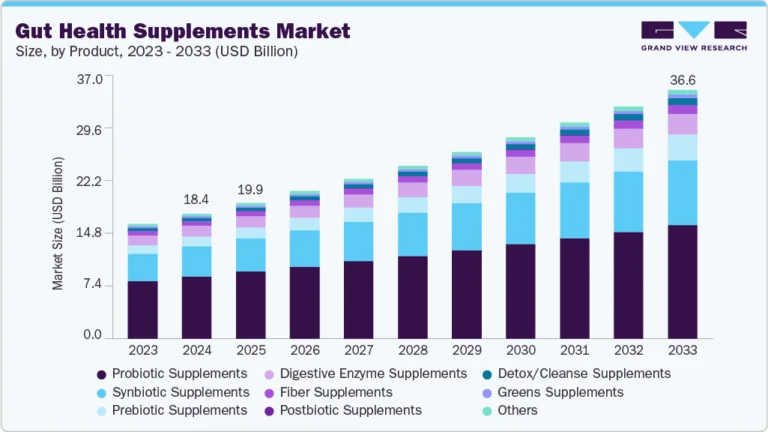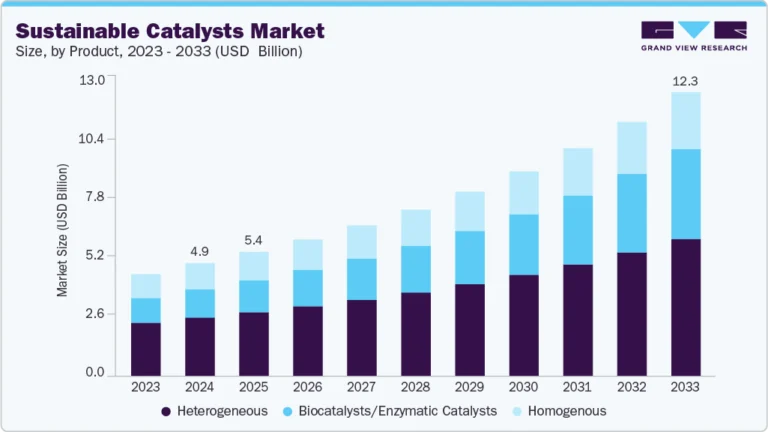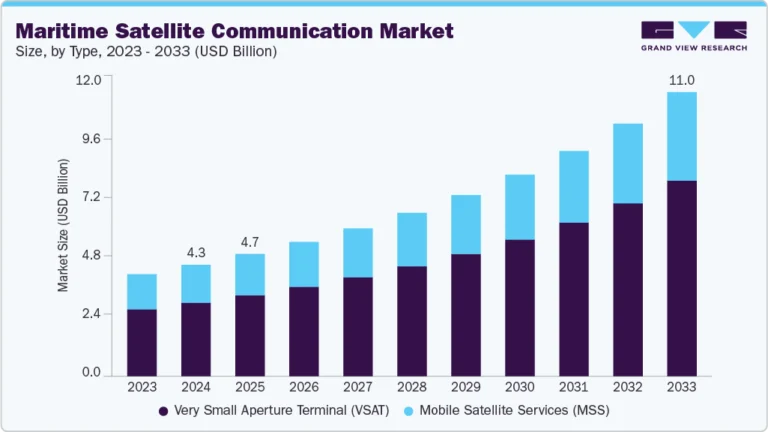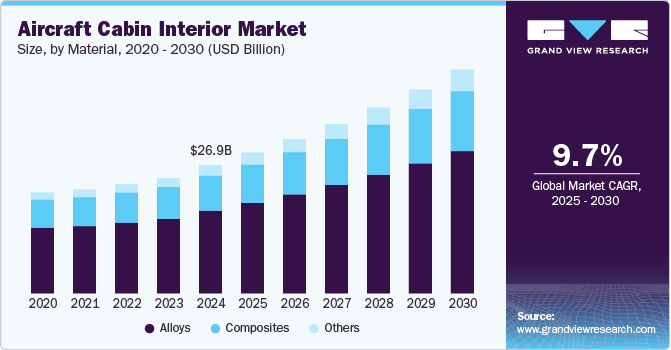Ultra-short Reach Optical Interconnect Market Size, Share & Trends Analysis growing at a CAGR of 20.2% from 2025 to 2030

The global ultra-short reach optical interconnect market size was estimated at USD 2.03 billion in 2024 and is projected to reach USD 5.95 billion by 2030, growing at a CAGR of 20.2% from 2025 to 2030. This growth is driven by rising demand for high-speed, low-latency data transfer in AI, cloud computing, and chip-to-chip communication, as organizations scale infrastructure to handle advanced workloads, cut energy use, and ease bandwidth bottlenecks in dense data centers.
Key Market Trends & Insights
- North America dominated the global ultra-short reach (USR) optical interconnect market with the largest revenue share of 30.8% in 2024.
- The USR optical interconnect industry in the U.S. is expected to grow significantly over the forecast period.
- By product, the board-to-board interconnects segment led the market, holding the largest revenue share of 51.6% in 2024.
- By technology, the VCSEL-based interconnects segment was dominant in 2024.
- By data rate, the more than 100 Gbps segment held the dominant position in 2024.
Market Size & Forecast
- 2024 Market Size: USD 2.03 Billion
- 2030 Projected Market Size: USD 5.95 Billion
- CAGR (2025-2030): 20.2%
- North America: Largest market in 2024
- Asia Pacific: Fastest Growing Market
Request a free sample copy or view report summary: https://www.grandviewresearch.com/industry-analysis/ultra-short-reach-optical-interconnect-market-report/request/rs1
The current market state is shaped by the growth in data traffic, rapid expansion of data centers, and increasing adoption of artificial intelligence and high-performance computing. Enterprises and hyperscale service providers are deploying ultra-short reach (USR) optical solutions to meet the need for high-speed, low-latency communication between chips and system boards within modern data center architectures. The shift toward spine-and-leaf topologies, the proliferation of AI workloads, and the demand for energy-efficient, high-density connectivity drive ongoing investment in USR modules and transceivers. At the same time, advancements in silicon photonics, co-packaged optics, and modular form factors are making these technologies more accessible and cost-effective for a broader range of applications.
Moreover, market growth is propelled by continuous innovation in optical technologies, such as silicon photonics, co-packaged optics, and advanced transceiver designs. These advancements enable higher data rates, improved signal integrity, and reduced power consumption, making USR optical interconnects more accessible and cost-effective for a wider range of applications. The rollout of 5G networks, the proliferation of IoT devices, and the emergence of edge computing are increasing the demand for ultra-fast, short-reach optical links that handle dynamic workloads and real-time analytics. Leading technology companies are investing in next-generation optical solutions to enhance AI processing speeds and optimize network architectures for future needs.
The market is further supported by strong investment from the public and private sectors in digital infrastructure, including government initiatives to expand broadband and 5G networks across major regions. Strategic partnerships, mergers and acquisitions, and new product launches are enhancing market penetration and accelerating the adoption of USR optical interconnects worldwide. As digital transformation continues to reshape industries and drive up data volumes, USR optical interconnects are increasingly recognized as essential for enabling high-speed, reliable, and scalable data communication in modern IT environments.





